Many Voices for Conservation and the Environment: Onecia Adams
Continuing our series focusing on the contributions of historically under-recognized groups to conservation and environmental sciences, this month we are featuring Edward Waters College student Onecia Adams, who is a student participant in Audubon Florida's Conservation Leadership Initiative (CLI). Here is Onecia's story in her own words:
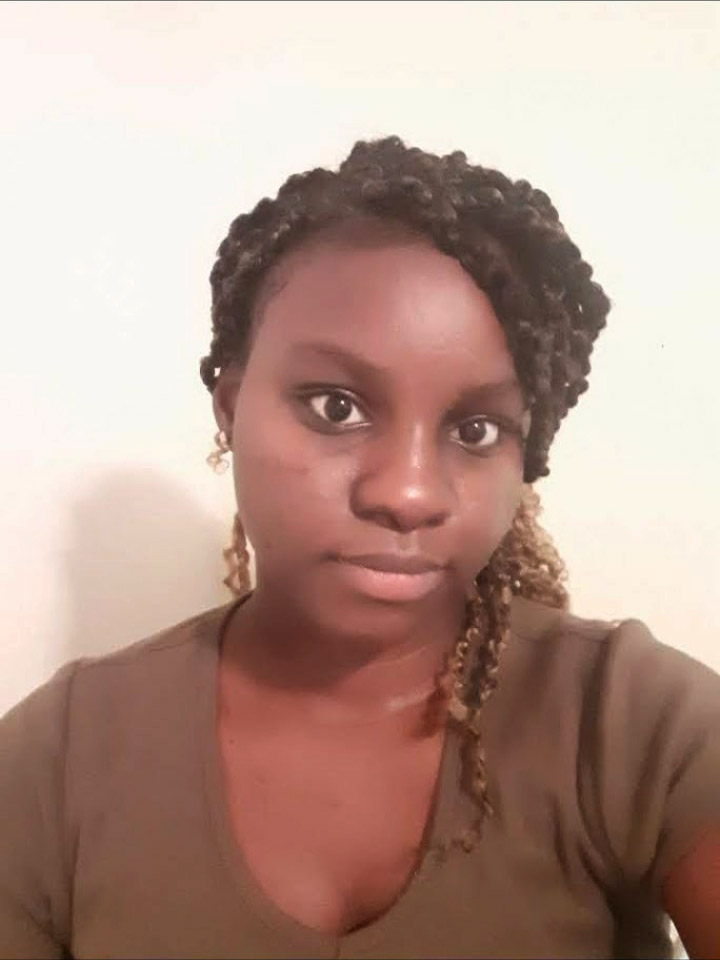 "I was born and raised in a small country called Guyana, a place where many people I meet haven’t heard of before. I spent the most days of my life living in a place that appeared to be devoid of any beauty. Polluted waterways, garbage in the streets and decrepit buildings surrounded me wherever I went. Although there was so much ugly around me, I found beauty and solace in the trees and the ocean. I made a habit of slipping away from my house and venturing out to see the ocean whenever I had a chance. I would sit and watch the waves and mentally drift away to a place that was devoid of pollution and remained in the pristine condition God had created it in. Unfortunately, I would have to return to reality and the scent of dead fish usually did it for me. The ocean was my escape, even though it was visibly polluted, it was the best thing I could experience. I knew that I wanted to always have that place to come to and I knew that I wanted to make it a cleaner, healthier environment. I believe that is how I developed an interest in conservation.
"I was born and raised in a small country called Guyana, a place where many people I meet haven’t heard of before. I spent the most days of my life living in a place that appeared to be devoid of any beauty. Polluted waterways, garbage in the streets and decrepit buildings surrounded me wherever I went. Although there was so much ugly around me, I found beauty and solace in the trees and the ocean. I made a habit of slipping away from my house and venturing out to see the ocean whenever I had a chance. I would sit and watch the waves and mentally drift away to a place that was devoid of pollution and remained in the pristine condition God had created it in. Unfortunately, I would have to return to reality and the scent of dead fish usually did it for me. The ocean was my escape, even though it was visibly polluted, it was the best thing I could experience. I knew that I wanted to always have that place to come to and I knew that I wanted to make it a cleaner, healthier environment. I believe that is how I developed an interest in conservation.
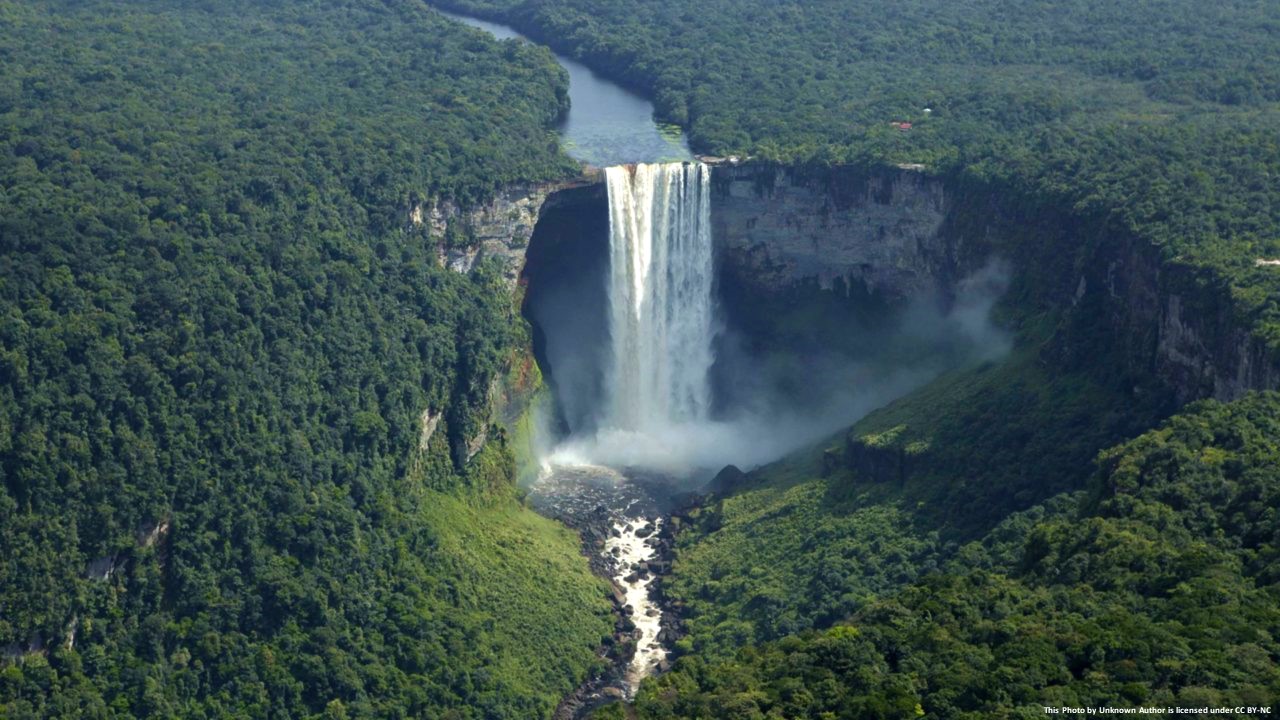 Though the city where I grew up was not a very beautiful place, there are many parts of my country that are exquisitely composed of the best things nature has to offer. I learnt about these beautiful places but I was never afforded the privilege to experience any of them. From the magnificent Kaieteur Falls, the largest single drop waterfall in the world, to the Iwokrama River Lodge, nestled in a very prolific ecosystem brimming with biodiversity, they were all so close but yet out of my reach. I don’t know when or how the desire to see and experience nature was planted inside me, but I know it is the deepest desire I’ve ever had. The more I was denied the opportunity to experience these things because I simply could not afford it or my mother had more important things to do with money, the more I craved it. I knew that I had to change my situation because I could not bear the idea of dying before I had the chance to truly live.
Though the city where I grew up was not a very beautiful place, there are many parts of my country that are exquisitely composed of the best things nature has to offer. I learnt about these beautiful places but I was never afforded the privilege to experience any of them. From the magnificent Kaieteur Falls, the largest single drop waterfall in the world, to the Iwokrama River Lodge, nestled in a very prolific ecosystem brimming with biodiversity, they were all so close but yet out of my reach. I don’t know when or how the desire to see and experience nature was planted inside me, but I know it is the deepest desire I’ve ever had. The more I was denied the opportunity to experience these things because I simply could not afford it or my mother had more important things to do with money, the more I craved it. I knew that I had to change my situation because I could not bear the idea of dying before I had the chance to truly live.
I continue to find myself in less than ideal environments as I pursue my educational goals but I persevere in the hope that someday I will be working to make the world a better, healthier place for all living things. I am currently pursuing my Bachelor’s degree in Biological Sciences at Edward Waters College in Jacksonville, Florida. This past Fall I’ve had the opportunity to be a part of Audubon’s Conservation Leadership Initiative and have been involved with Duval Audubon Society under my mentor Carolyn Antman. I’ve really enjoyed the learning experiences provided by CLI events even though it was virtual. I was also able to visit the Crosby Sanctuary and it felt really great to experience a natural space after being stuck indoors for too long. I’m very excited to become a part of the conservation community in Duval Audubon and I feel like I am on the brink of being able to experience all the nature I could not growing up and so much more."
Thank you for sharing your inspiring story, Onecia. We are thrilled to be working with you!
Many Voices for Conservation and the Environment: Ashantae Green
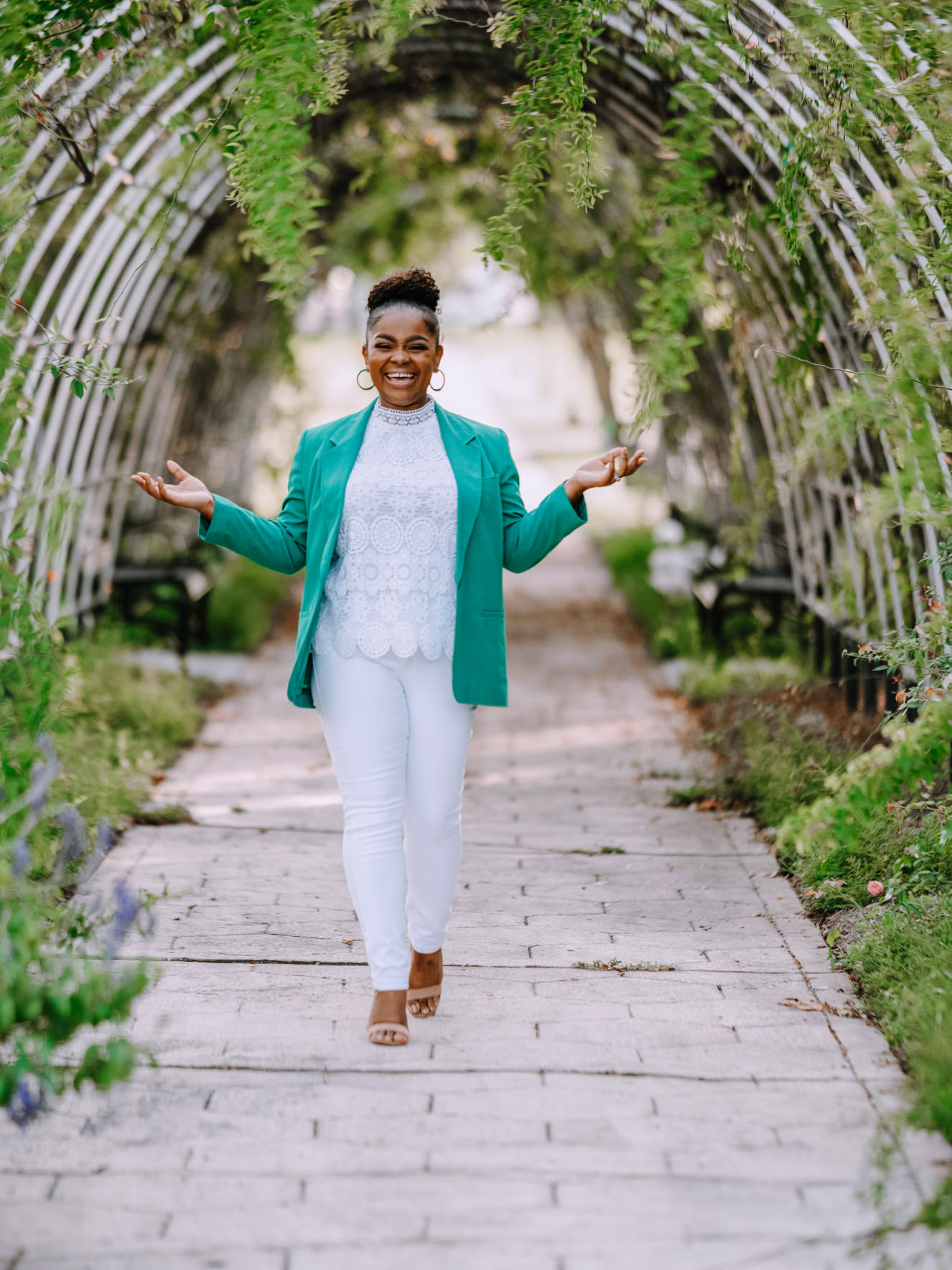 Continuing our series focusing on the contributions of historically under-recognized groups to conservation and environmental sciences, this month we are featuring newly-elected member of the Duval Soil and Water Conservation District Ashantae Green, whose term representing Group 4 began on January 1, 2021.
Continuing our series focusing on the contributions of historically under-recognized groups to conservation and environmental sciences, this month we are featuring newly-elected member of the Duval Soil and Water Conservation District Ashantae Green, whose term representing Group 4 began on January 1, 2021.
Growing up on Jacksonville’s Eastside, Ashantae witnessed firsthand the impacts of environmental inequities, with higher rates of asthma and heat stroke among neighborhood children due to the lack of trees as well as pollution from factories and roads built right through the area, making the community up to 10 degrees warmer than other areas of town. And it’s not just the Eastside – other Jacksonville neighborhoods are also dealing with air pollution, regular flooding and erosion, contaminated soil, and inequitable access to healthy food.
Ashantae has made significant efforts to address these issues over the last several years. She helped create Circle of Caring Jax, a sustainable non-profit dedicated to helping families by providing educational resources and mostly organic food provided by community gardens and rescued from local farms and grocery stores to divert food waste and address food insecurity in communities. She has also worked with students from grades K-12 to teach them about the choices they can make to ensure the future of this planet, and is active in several nonprofit organizations, including the US Green Building Council, the North Florida Green Chamber of Commerce, the ACE Mentor Program of Northeast Florida, and The Garden Club of Jacksonville. As an architectural and digital designer specializing in Green Building, Ashantae was appointed to the Subcommittee on Education, Protection of Local Neighborhoods, and Community Outreach of Jacksonville City Council’s Special Committee on Resiliency, and advises on environmental planning, community protection, and community outreach.
For more than a year, Ashantae has been an active volunteer with the Duval Soil and Water Conservation District, assisting with planning educational programs and serving as a subject matter expert on sustainability and environmental equity issues. Now that she is an elected member of the District, she will work even harder for the people and the planet.
Ashantae, we applaud your passion for environmental justice and your commitment to encouraging everyone in Duval County to live a green lifestyle!
Many Voices for Conservation and the Environment: Charlene West
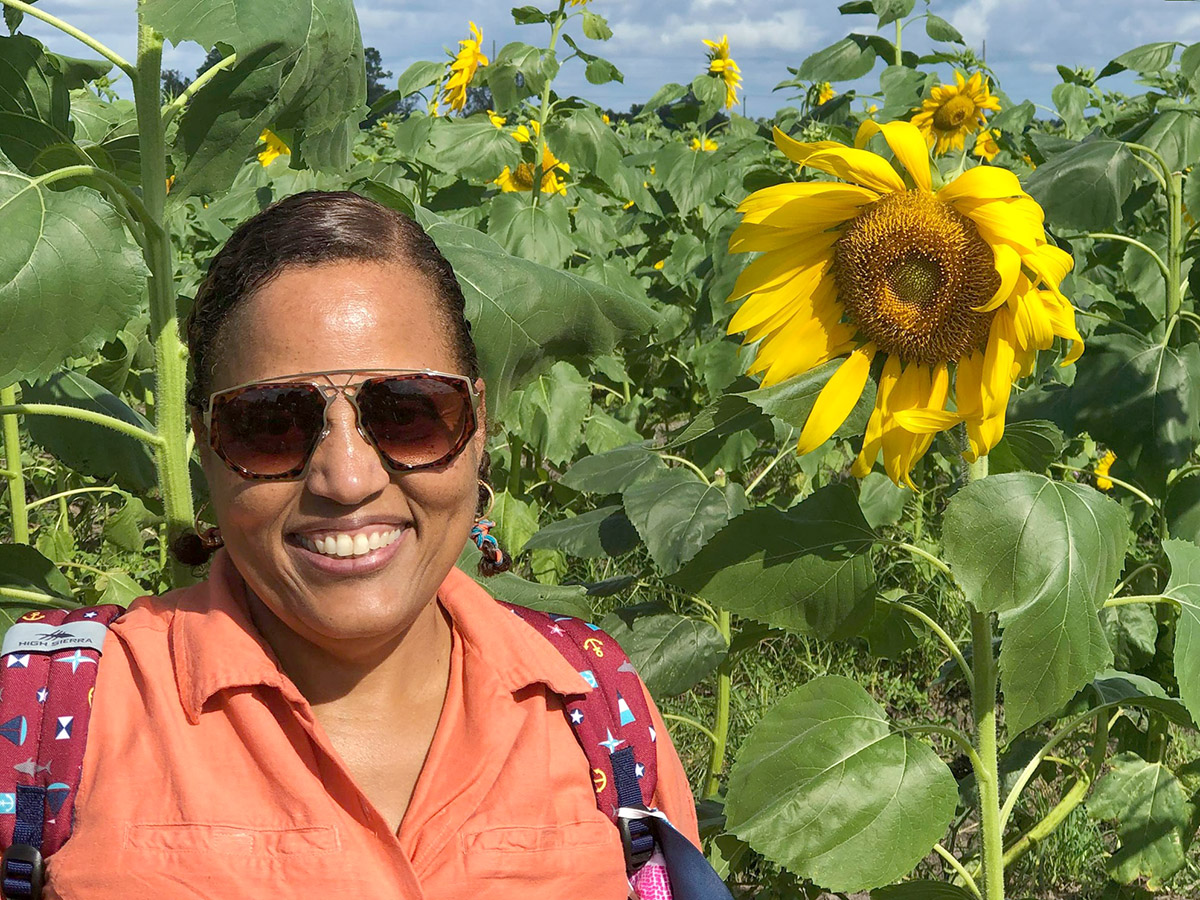 Continuing our series focusing on the contributions of Black Americans, Latin Americans, Native Americans, and other historically under-recognized groups to conservation and environmental sciences, this month we are featuring local Eastern Bluebird hero Charlene West.
Continuing our series focusing on the contributions of Black Americans, Latin Americans, Native Americans, and other historically under-recognized groups to conservation and environmental sciences, this month we are featuring local Eastern Bluebird hero Charlene West.
Charlene is retired from the US Navy and in 2014 her son left for college, leaving her more free time for exploring nature and the outdoors. She and a friend began participating in local hiking trips with various groups and started attending bird walks hosted by Duval Audubon Society as well. She has been a nature and bird enthusiast for many years.
In early 2020 Laura Johannsen, the Northside Bluebird Trail monitor, needed assistance with monitoring while she was out of town for work. Charlene volunteered to help and started monitoring the more than thirty Eastern Bluebird nesting boxes in the Yellow Bluff Road area of Jacksonville in March.
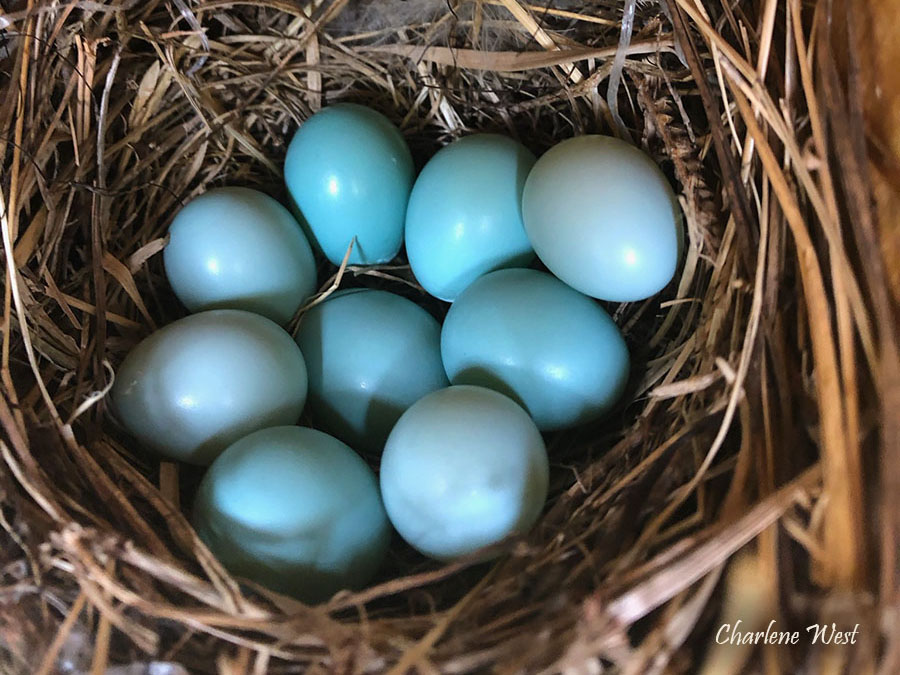 The original boxes were set up over thirty years ago by Duval Audubon members Mildred Dixon and Pat Anderson, and about ten years later Laura took over the responsibility of checking each box weekly during nesting season and reporting the status of each box to Cornell Lab of Ornithology's NestWatch program. Over the years Laura has created a valuable dataset on Jacksonville-area Bluebirds (not to mention helping these birds survive and breed), so it was critical to be able to continue this effort while Laura was away.
The original boxes were set up over thirty years ago by Duval Audubon members Mildred Dixon and Pat Anderson, and about ten years later Laura took over the responsibility of checking each box weekly during nesting season and reporting the status of each box to Cornell Lab of Ornithology's NestWatch program. Over the years Laura has created a valuable dataset on Jacksonville-area Bluebirds (not to mention helping these birds survive and breed), so it was critical to be able to continue this effort while Laura was away.
Charlene’s commitment to monitoring the Northside Bluebird Trail during this year’s nesting season has been invaluable, and she went out at least once a week for the entire six months (March to August) to check all of the nesting boxes, a chore that took about two hours each time. She reported a total of 32 nesting attempts, 112 eggs, and 99 fledglings. Charlene tells us that it was a memorable experience.
Charlene, we thank you for your dedication and hard work on behalf of Jacksonville’s Eastern Bluebirds!
Many Voices for Conservation and the Environment: Robin Wall Kimmerer
Continuing our series focused on the contributions of Black Americans, Latin Americans, Native Americans, and other historically under-recognized groups to conservation and environmental sciences, since October 12th is Indigenous Peoples Day, it is only right to focus this month on an indigenous steward of the environment.
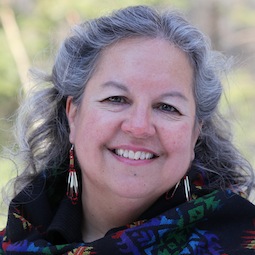 Robin Wall Kimmerer is a mother, scientist, decorated professor, and enrolled member of the Citizen Potowatomi Nation. She lives in Fabius, New York (near my hometown of Syracuse) where she is a SUNY (State University of New York) Distinguished Teaching Professor of Environmental Biology.
Robin Wall Kimmerer is a mother, scientist, decorated professor, and enrolled member of the Citizen Potowatomi Nation. She lives in Fabius, New York (near my hometown of Syracuse) where she is a SUNY (State University of New York) Distinguished Teaching Professor of Environmental Biology.
She has written two excellent books which I highly recommend: Gathering Moss, which was awarded the John Burroughs Medal for outstanding nature writing. and Braiding Sweetgrass, which I am happy to report has been on the NY Times Best Seller List for nonfiction. Braiding Sweetgrass is an exquisite collections of essays about the natural world which shows how the objective approach of science can be enriched by the ancient knowledge of the indigenous people. I encourage everyone to read this book as she writes so beautifully about nature. It also illustrates the true reverence between Native Americans and the earth, which is a relationship we all need to practice if we are to survive.
She is also the founder and director of the Center for Native Peoples and the Environment. The mission of the center is to create programs that draw on the wisdom of both indigenous and scientific knowledge in support of our shared goals of environmental sustainability. It is important to note that indigenous peoples are the stewards of 4% of the land area of the United States and represent approximately 700 distinct communities possessing detailed knowledge of the biota of their homelands. Collectively, Native American land holdings contain more wild lands than all of the National Parks and Nature Conservancy areas in North America! Unfortunately, the majority of scientific professionals and educators have little understanding of the value of Traditional Ecological Knowledge (TEK). Exposure to TEK has a legitimate role in the education of the next generation of biologists, natural resource managers, and environmental scientists.
The center has a large outreach program focused on increasing educational opportunities for Native American students in environmental sciences, research collaborations, and partnerships with Native American communities to address local environmental problem.
Thank you for your amazing work and gifts, Robin.
Many Voices for Conservation and the Environment: Gloria McNair
Continuing our series focused on the contributions of Black Americans, Latin Americans, Native Americans, and other historically under-recognized groups to conservation and environmental sciences, this month we are spotlighting local environmental hero Gloria McNair.
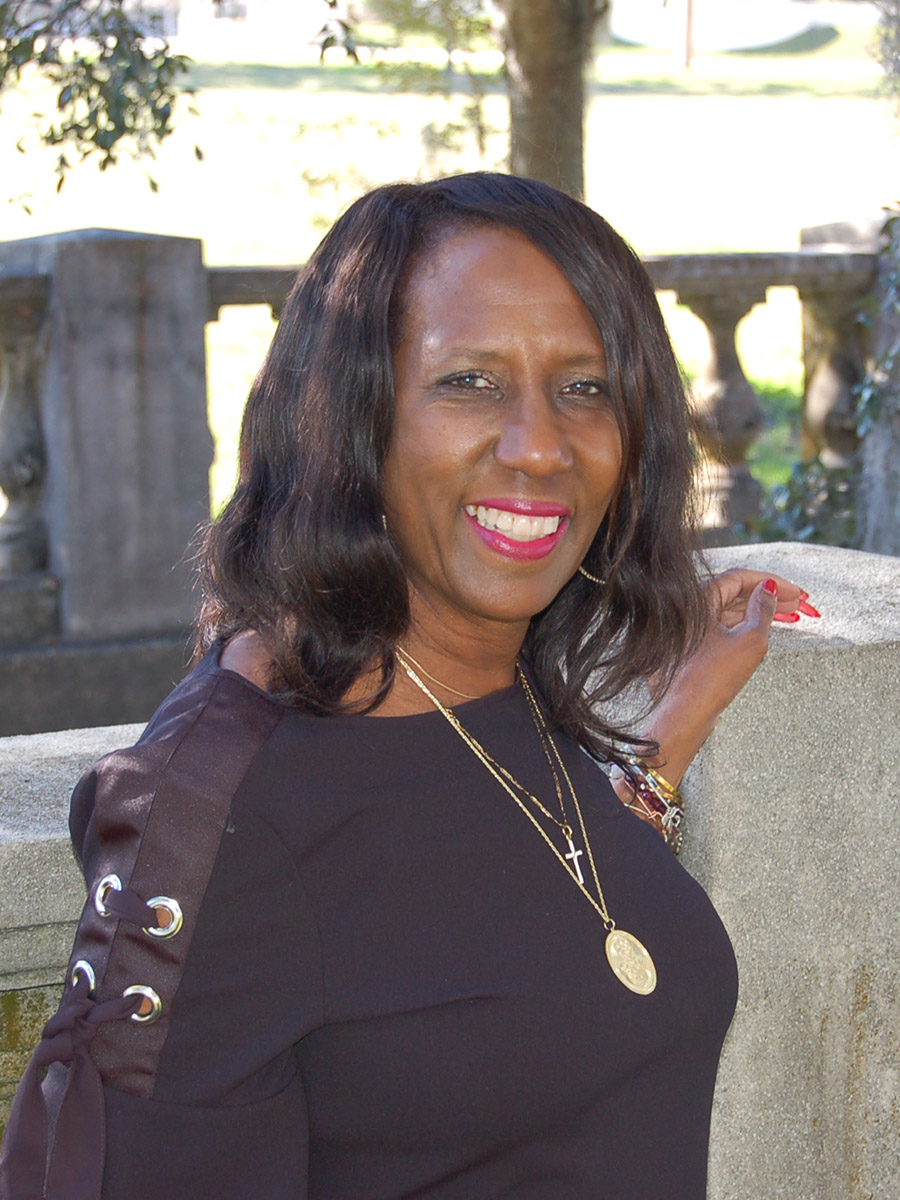
She is also the manager of Groundwork Jacksonville's Community Restoration Environmental Stewardship Training (CREST) initiative. CREST participants are residents or stakeholders in Jacksonville's North Riverside and Brooklyn neighborhoods, and the program pairs youths and adults in mentoring relationships. In addition, there is a job training element; currently, five of the CREST apprentices have been trained as water monitoring technicians.
Working with Groundwork Jacksonville brought back memories of her rural upbringing when she absolutely loved nature, and she is concerned because today’s youth are missing out on the wonders of the outdoors and the natural world. She is most passionate about habitat restoration and conservation for people and wildlife, especially our birds. The greatest benefit she has received from working from home in recent months is being able to take breaks to walk outside and observe the hawks, herons, egrets, and turtles around her lake.
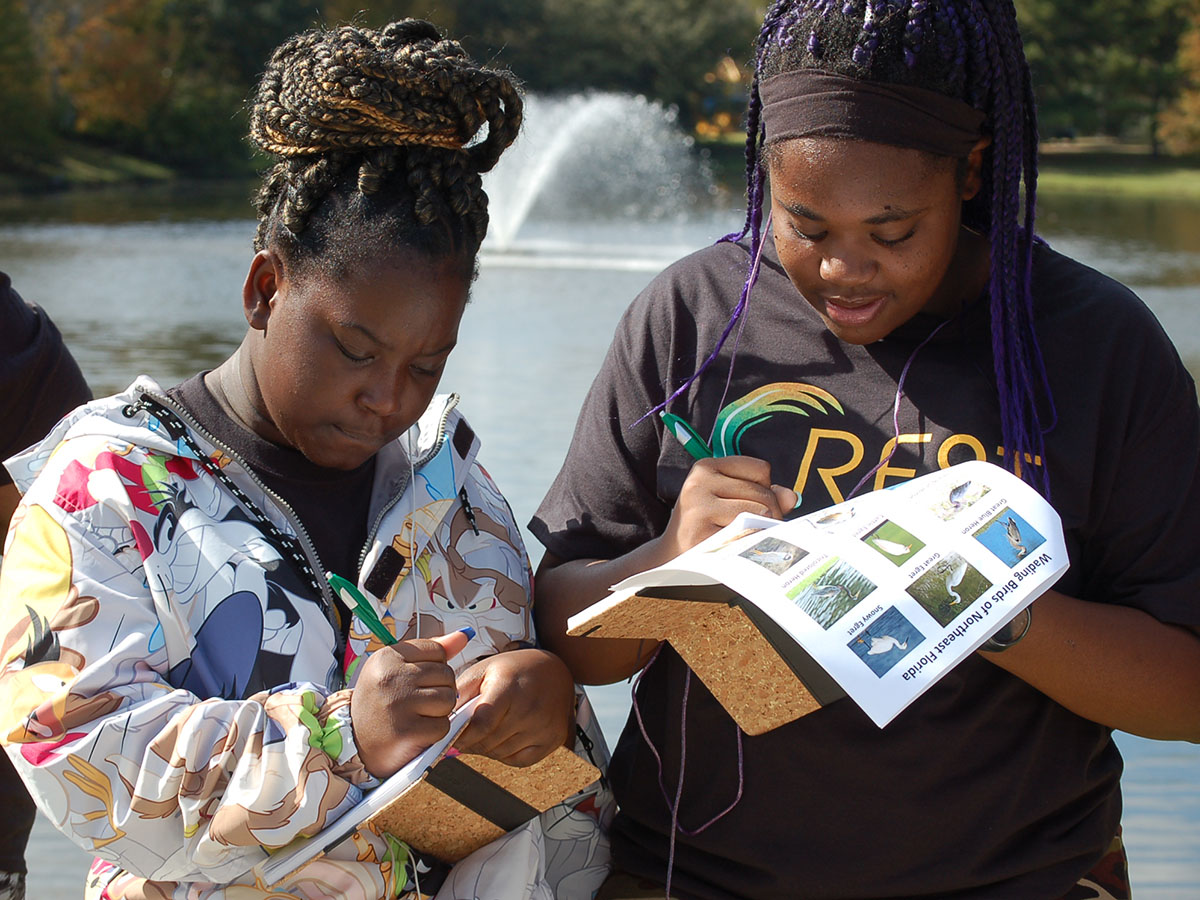 Gloria loves and believes in the benefits of the projects of Groundwork Jacksonville. She is looking forward to seeing the first mile of the Emerald Trail become a reality and knowing that she played a significant role in achieving that project. Another long-term goal is seeing the McCoy’s Creek Restoration Project completed and enjoyed by the neighborhood.
Gloria loves and believes in the benefits of the projects of Groundwork Jacksonville. She is looking forward to seeing the first mile of the Emerald Trail become a reality and knowing that she played a significant role in achieving that project. Another long-term goal is seeing the McCoy’s Creek Restoration Project completed and enjoyed by the neighborhood.
Duval Audubon had the pleasure of working with Gloria and the CREST participants last year. We presented a "Birdwatching for Beginners" program for the group and hosted a bird walk around McCoy’s Creek. We plan to continue to provide educational programs and bird walks to the CREST volunteers when our outdoor activities resume.
Thank you for your hard work and dedication, Gloria!
Page 2 of 3
